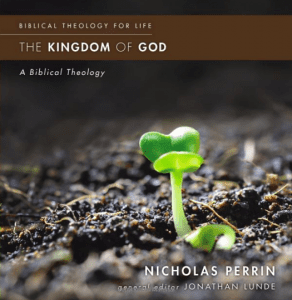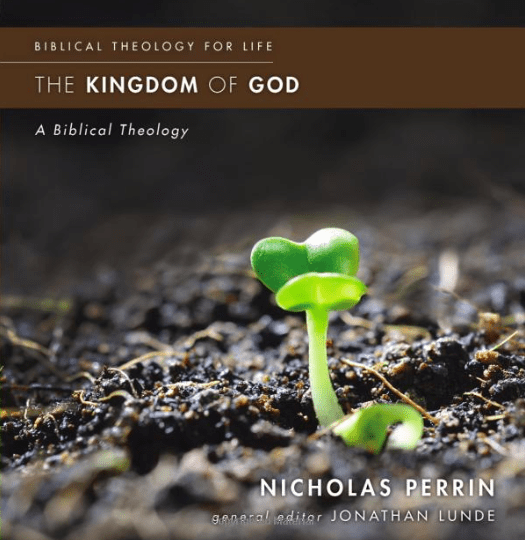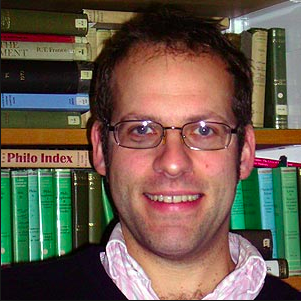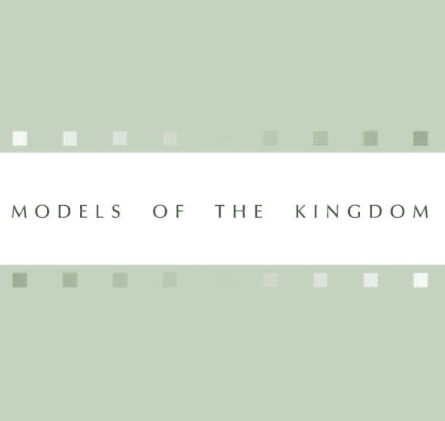 It is too easy to want kingdom and forget the cross, or make it part of one’s agenda; and it is too easy to want cross, and not know what to make of the kingdom. But Israel’s Story, Israel’s God, the people of God, and the clash of the forces of evil with the ways of God always combine kingdom with cross.
It is too easy to want kingdom and forget the cross, or make it part of one’s agenda; and it is too easy to want cross, and not know what to make of the kingdom. But Israel’s Story, Israel’s God, the people of God, and the clash of the forces of evil with the ways of God always combine kingdom with cross.
I see the temptations this way, and I see them too often: for some the kingdom is about justice and the first thing that disappears when folks get tied into social justice too often is a weakening of the atoning cross (the cross becomes the story of sacrifice for others or the greatest injustice). For others the cross is so central, and by that I mean substitutionary atonement and the mechanics of how that cross works, that kingdom becomes little more than those who have experienced personal salvation or justification or reconciliation.
Why do you think it is so hard to keep kingdom and cross together for so many in the Christian tradition? What separates them?
But the Story of the Bible combines kingdom with cross, cross with kingdom. The guiding theme of that Story, however, is not as simplistic or reductionistic as it is often made out to be.
Atonement theories distort the story; kingdom theories distort the Story. Tom Wright is seeking, in many of his writings, to right these two wrongs. The big issue is that God’s intent is to rule in this world; to rule God must do away with evil. Cross and kingdom are part of that big Story.
The thesis of How God Became King is that God became King through Jesus, and being king is about kingdom and God became King and brings that kingdom via the (life) and cross (and resurrection, and vindication) of Jesus who represents Israel and the church. Tom Wright pushes in this chp (9) again against the creeds’ absence of this kingdom story. But the singular point of this chp is not the creedal pushback but instead to show how the four themes of this book all connect kingdom and cross.
Israel’s Story emerges in Psalm 22 and Isaiah 40–55 (one of the major portions of Scripture Wright constantly finds at work in the New Testament and in Jesus in particular). So that the Story of God ruling in this world entails entering into suffering, sometimes of Israel and sometimes of its representative (like the Servant, but also the Son of Man), because of sin.
This means the Story of Israel’s God involves entering into that Story of kingdom and cross. Tom has some emphasis here on the shepherd theme — God as shepherd, or is it David? (that’s the dynamic of the Gospels) — who rules (see Ezekiel 34 and John 10 and 2 Sam 7 and back to Isaiah 40–55). And the Son of Man — who represents, who is vindicated and who sees kingdom’s arrival.
The people of God, Israel, is not abandoned or replaced but transformed. (By the way, this is important because Tom has been criticized for supersessionism by some, and he’s pushing away from that at times in this book — but it will lead now to what “transformed” means?) The major theme here: the church is defined not by Caesar or the world but by the Messiah’s life and death and vindication and rule, so the church is the people of God who suffers and who will be vindicated and who will rule. Their suffering is part of the redemptive process (Col 1:24). [I’d like to have seen more ecclesial themes of Acts and Paul’s letters developed.]
Again, the clash of the kingdoms: the cross is the path to winning the victory over Rome and the powers at work behind Rome. Kingdom and cross again.











